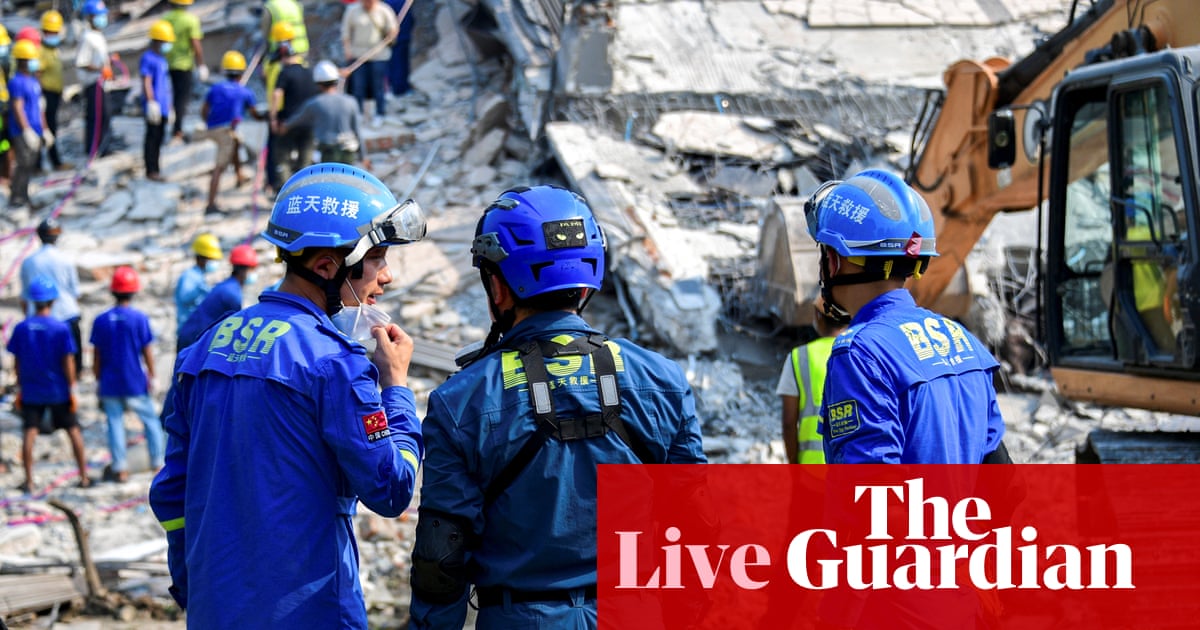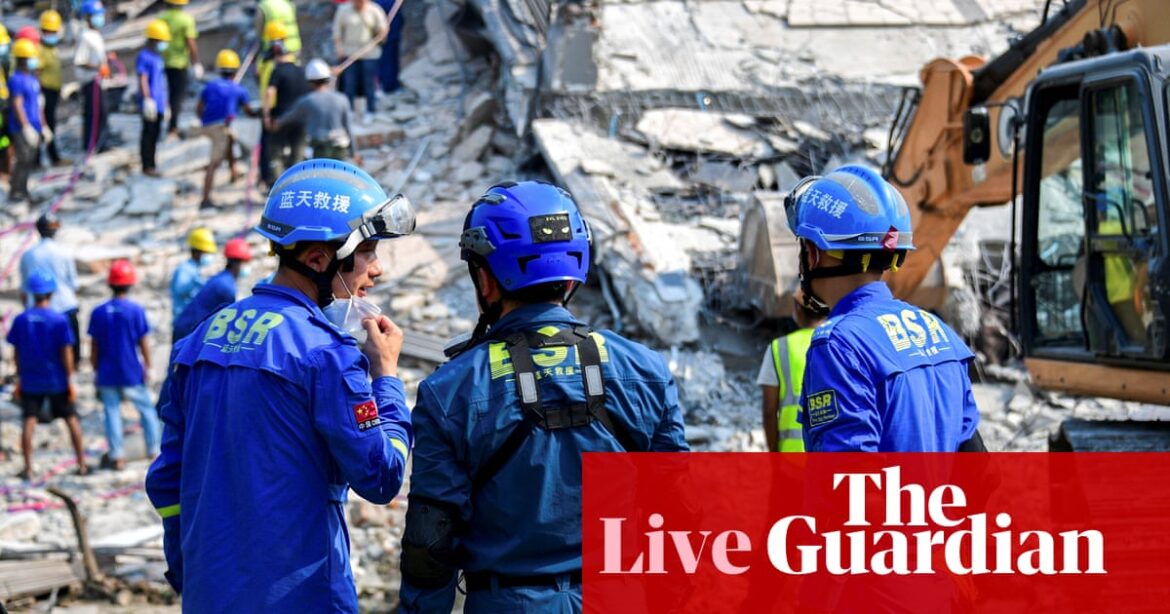
In a statement the organisation said:
Two powerful earthquakes have devastated central Myanmar, disrupting health services and putting thousands at risk of life-threatening injuries and disease outbreaks. WHO is responding at its highest level of emergency activation – deploying nearly three tonnes of emergency medical supplies within 24 hours and coordinating global emergency medical teams. WHO urgently needs $8m to deliver life-saving trauma care, prevent disease outbreaks, and restore essential health services over the next 30 days.
Myanmar Muslim organization said more than 700 worshipers had been killed when the quake struck durign Friday prayers.
26-year-old Win Thiri Aung told AFP “In normal times, it is full of joy when it is Eid. Our hearts are light. This year, we are not like that. It is a test from Allah. It is a reminder from him that we need to turn towards him.”
The agency quoted Aung Myint Hussein, chief administrator of the Sajja North mosque, saying “We have to pray on the road, feeling sadness and loss. The situation is so dire that it’s hard to express what is happening. We were terrified when we saw the destruction. It feels as if our entire lives have been shattered by this series of tremors.”
First Edition newsletter, my colleague Archie Bland looks at how Myanmar is the victim of a devastating natural disaster – but also how a set of interlocking political and military circumstances have badly exacerbated the crisis. Here is an excerpt …
Communications with many of the affected areas are poor, partly because many of them have been ravaged by the country’s ongoing civil war, with much of the country out of the control of the ruling junta.
Some of the factors causing that blackout predate the disaster: the military regime has shut off the internet and social media in recent years as part of its efforts to silence dissent. And hundreds of communication towers run by an army-controlled firm, Mytel, were destroyed by opponents of the regime in the aftermath of the February 2021 coup that brought them back to power.
Over the last few days, even the government’s own websites have been inaccessible. Phone lines are also down, which has made it very difficult to coordinate rescue efforts, and power networks may not be restored for several days.
As the scale of the disaster became clear, Myanmar’s junta chief, Min Aung Hlaing, took the exceptionally rare step of calling for international assistance – a course that the then-dictatorship resisted even in 2008, when Cyclone Nargis killed more than 100,000 people.
You can read more here: Monday briefing – How a devastating natural disaster has been made worse by Myanmar’s brutal civil war
Myanmar Muslim organization says more than 700 worshipers were killed when the 7.7 magnitude earthquake struck the country at Friday prayer time during the holy month of Ramadan. The country’s military-led government has put the death toll so far at 1,7000, Associated Press reports.
The news agency states that it is not clear at this moment whether the 700 worshippers, reported dead by the Spring Revolution Myanmar Muslim Network, are included in the government figures given by government spokesperson Maj Gen Zaw Min Tun on state television.
The government has put the number injured at 3,400, and said that more than 300 people are still missing. In a rare moment of hope a woman trapped beneath the remains of a hotel building for nearly 60 hours was pulled out alive on Monday.
urgent flash appeal for $8m (£6.1m / €7.4m) for emergency support in Myanmar, after the devastating earthquake, which has killed at least 1,700 people according to official figures.
In a statement the organisation said:
Two powerful earthquakes have devastated central Myanmar, disrupting health services and putting thousands at risk of life-threatening injuries and disease outbreaks. WHO is responding at its highest level of emergency activation – deploying nearly three tonnes of emergency medical supplies within 24 hours and coordinating global emergency medical teams. WHO urgently needs $8m to deliver life-saving trauma care, prevent disease outbreaks, and restore essential health services over the next 30 days.
Myanmar. Here are the headlines …
-
The death toll from the 7.7-magnitude quake that struck on Friday has surpassed 1,700 and flattened huge swathes of the South-east Asian nation, according to officials
-
A Myanmar Muslim organization says more than 700 worshipers were killed as the earthquake occurred durign Friday prayers. About 60 mosques were reported damaged or destroyed. Associated Press reports it is unclear if the figure of 700, given by the Spring Revolution Myanmar Muslim Network, is in addition to the official toll
-
The World Health Organization (WHO) has issued a flash appeal for $8m (£6.1m / €7.4m) for emergency support in Myanmar
-
The US Geological Survey’s predictive modelling estimates Myanmar’s death toll could eventually top 10,000 and losses could exceed the country’s annual economic output
-
Red Cross officials said Myanmar was facing “a level of devastation that hasn’t been seen over a century in Asia”
-
In neighbouring Thailand, at least 18 people have been killed and rescue efforts are continuing at the site of a collapsed 30-storey tower in Bangkok. Rescuers are scrambling to find 78 people still missing
-
Rescuers freed a woman from the ruins of a hotel in Myanmar’s Mandalay, officials said on Monday, offering a glimmer of hope that more survivors may be found
Source: theguardian.com



